Food aggression is a common behavioral problem among dogs that can lead to aggressive behavior towards humans or other pets in the household. This problem can be challenging to address and requires careful management and treatment to ensure the safety of both the dog and the people around them. This article will explore some effective ways to treat food aggression in dogs, including identifying triggers, gradually desensitizing your dog, establishing a feeding routine, using positive reinforcement, teaching basic commands, avoiding punishment, and consulting a professional if necessary.
A Closer Look At Food Aggression In Dogs
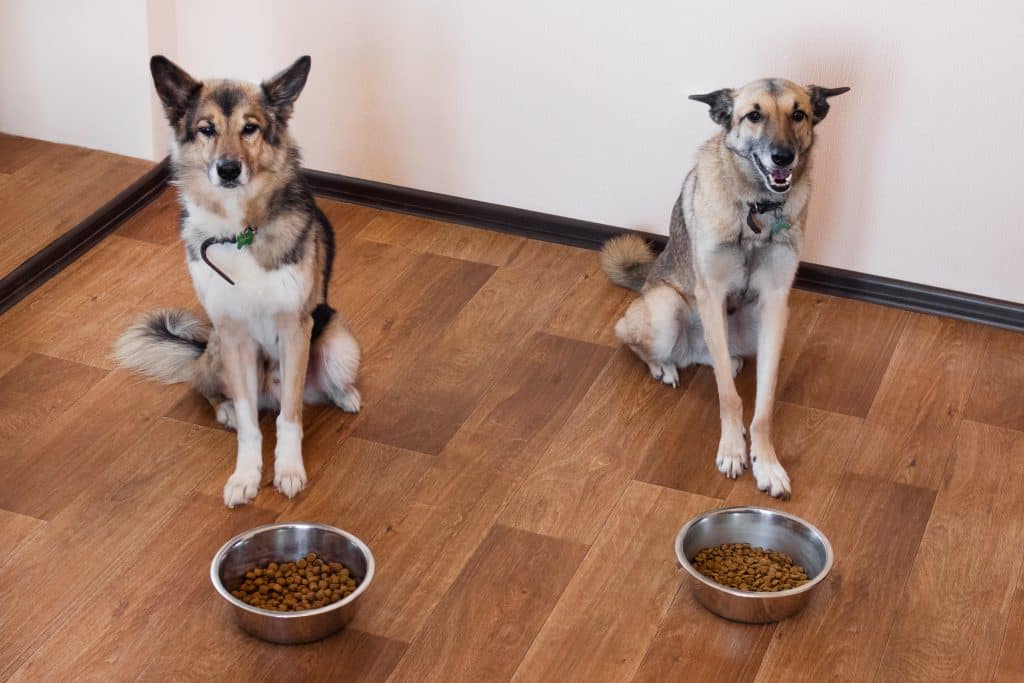
As much as you love your furry friend, you cannot deny that dogs sometimes show aggressive behavior, especially regarding their food. This behavior may range from growling and barking to snapping or biting, making mealtime a stressful and potentially dangerous situation for both the pet and the owner. Food aggression, also known as resource guarding, is common in dogs of all breeds and sizes.
Many factors, such as genetics, upbringing, and previous experiences, can contribute to food aggression, but it’s important to know that there are ways to manage and treat this behavior. By understanding the underlying causes and implementing proper training techniques, you can help your dog overcome food aggression and enjoy mealtime without any worries.
How To Treat Food Aggression In Dogs
It’s no secret that food aggression can be a difficult problem to manage, but you can use some effective strategies to help your dog overcome this behavior. Here are some important tips for treating food aggression in dogs:
Identifying The Triggers

Food aggression in dogs can be a concerning behavior, but the good news is that it can be treated with the right approach. Identifying the triggers is the first step toward a solution. Observing your pet’s behavior during feeding times is important to see what sets them off. Is it certain types of food or treats? Is it the presence of other dogs or humans?
Identifying these triggers will help you develop a training plan to desensitize your pet to them. Remember, treating food aggression takes patience and persistence. Your dog can learn to enjoy mealtime without negative behavior with the right approach.
Gradual Desensitization
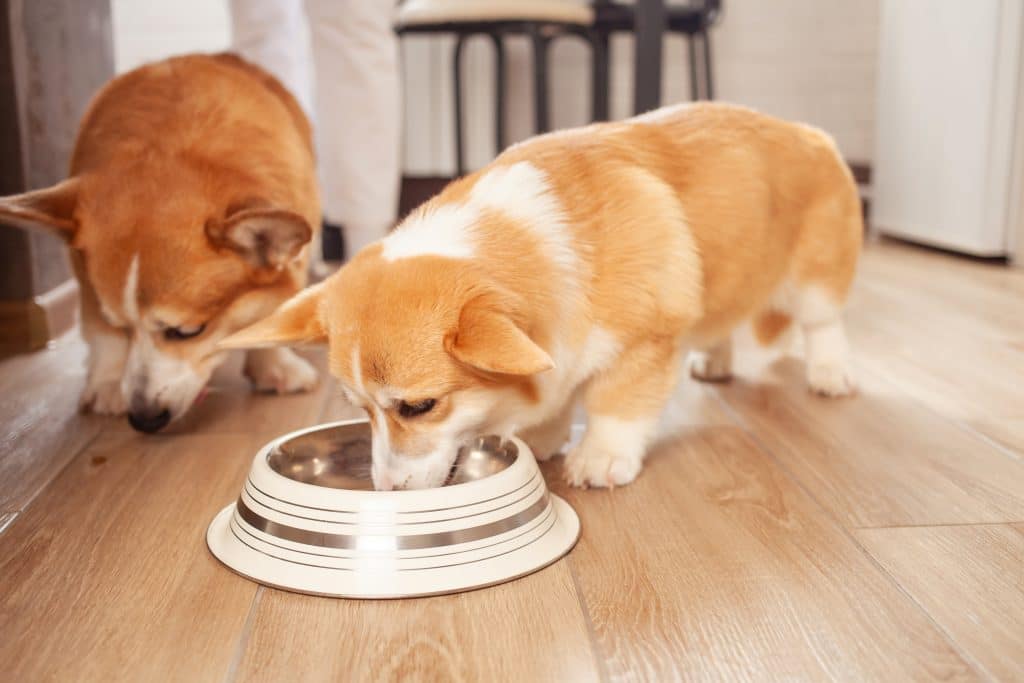
One of the most effective ways to desensitize your dog to food aggression triggers is to gradually expose them to them while rewarding positive behavior. For example, if your dog becomes aggressive when you approach them while they are eating, start by standing a safe distance away and slowly moving closer over time. While doing this, offer your dog treats or praise for remaining calm and not showing aggression.
It’s important to take things slow and not rush the process. If your dog shows signs of aggression or discomfort, step back and try again later. The key is gradually desensitizing your dog to the trigger over time, making them more comfortable with the situation.
Establish a Feeding Routine

Another effective way to manage food aggression in dogs is to establish a consistent feeding routine. This means feeding your dog at the same time every day and in the same location. This helps your dog know when and where food is available, reducing anxiety and stress.
Use Positive Reinforcement
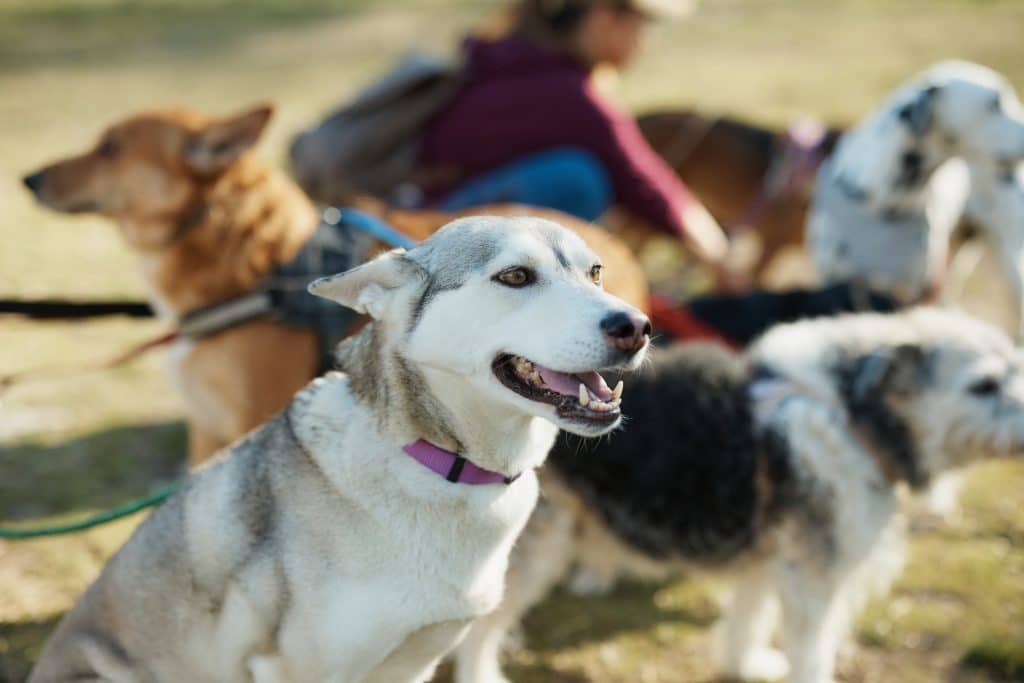
Positive reinforcement is an essential part of training any dog. When dealing with food aggression, using positive reinforcement techniques such as praise, treats, and affection when your dog is behaving appropriately is crucial. For example, if your dog remains calm and relaxed while you approach them while they’re eating, offer them a treat or praise them.
Teach Basic Commands

Food aggression in dogs can be a serious issue, but teaching them basic commands can be a great way to manage their behavior. By training your dog to follow simple commands like “sit,” “stay,” “come,” and “leave it,” you can establish your dominance and prevent aggressive behavior.
If your pup becomes territorial over food, the “leave it” command can help them learn to stop and move away from its meal. By teaching your dog basic commands, you can help them learn how to behave around food, making mealtime a peaceful experience for everyone.
Avoid Punishment
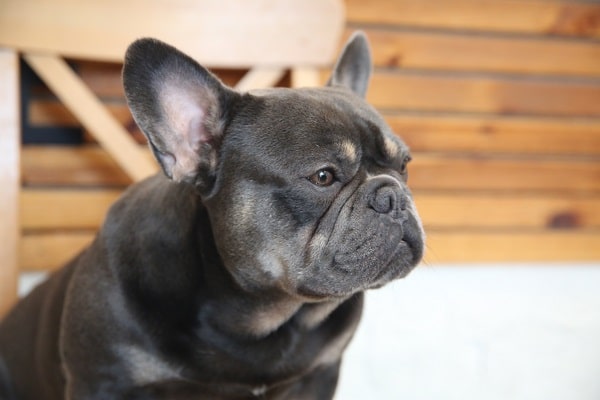
Dogs can display food aggression for various reasons, such as feeling anxious, threatened, or stressed. Regardless of the cause, treating this behavior with care and patience is important. Rather than punishing your furry friend, which can lead to negative consequences, try positive reinforcement.
With time and effort, you can help your dog overcome food aggression and build a stronger bond based on trust and respect. This can involve rewarding your dog or treat when he or she behaves appropriately around food. It is also important to be consistent with training and establish clear boundaries.
Consult A Professional
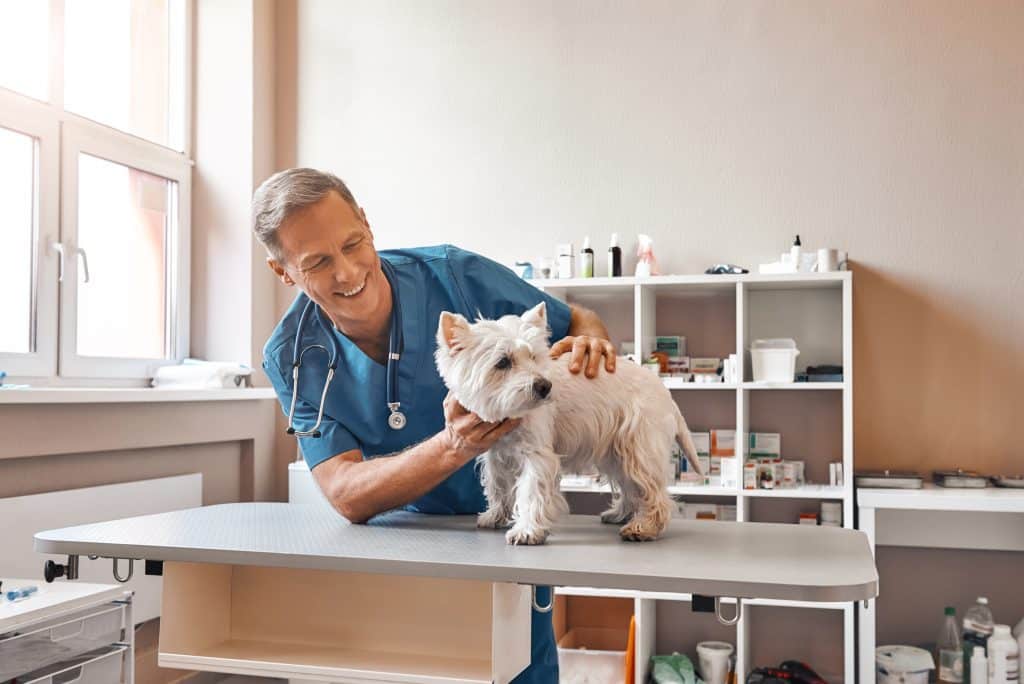
Dealing with food aggression in dogs can be serious, and sometimes it requires professional help. In cases where the aggression persists or escalates, it’s always advisable to seek the guidance of a certified dog trainer or behaviorist. These experts can get to the root of the aggression and design a personalized plan to address it. They will work with you and your pup to develop a treatment plan considering your dog’s unique personality, habits, and triggers.
Additionally, the expert can help you identify any underlying health concerns fueling food aggression. Seeking professional help might be the difference between an aggressive, tense relationship with your furry friend and a calm, loving one.
Use These Tips For Treating Your Dog’s Food Aggression
Food aggression in dogs can be a serious behavioral problem that requires careful management and treatment. The key to treating food aggression is to identify the triggers that cause the behavior and gradually desensitize your dog to these triggers. Establishing a consistent feeding routine, using positive reinforcement techniques, teaching basic commands, and avoiding punishment are all effective ways to manage dog food aggression.
With the right techniques and patience, most dogs can learn to overcome their food aggression behavior. If you’re struggling to manage your dog’s food aggression, don’t hesitate to consult a professional for help. You and your dog can enjoy a happy and healthy relationship with the right treatment plan.